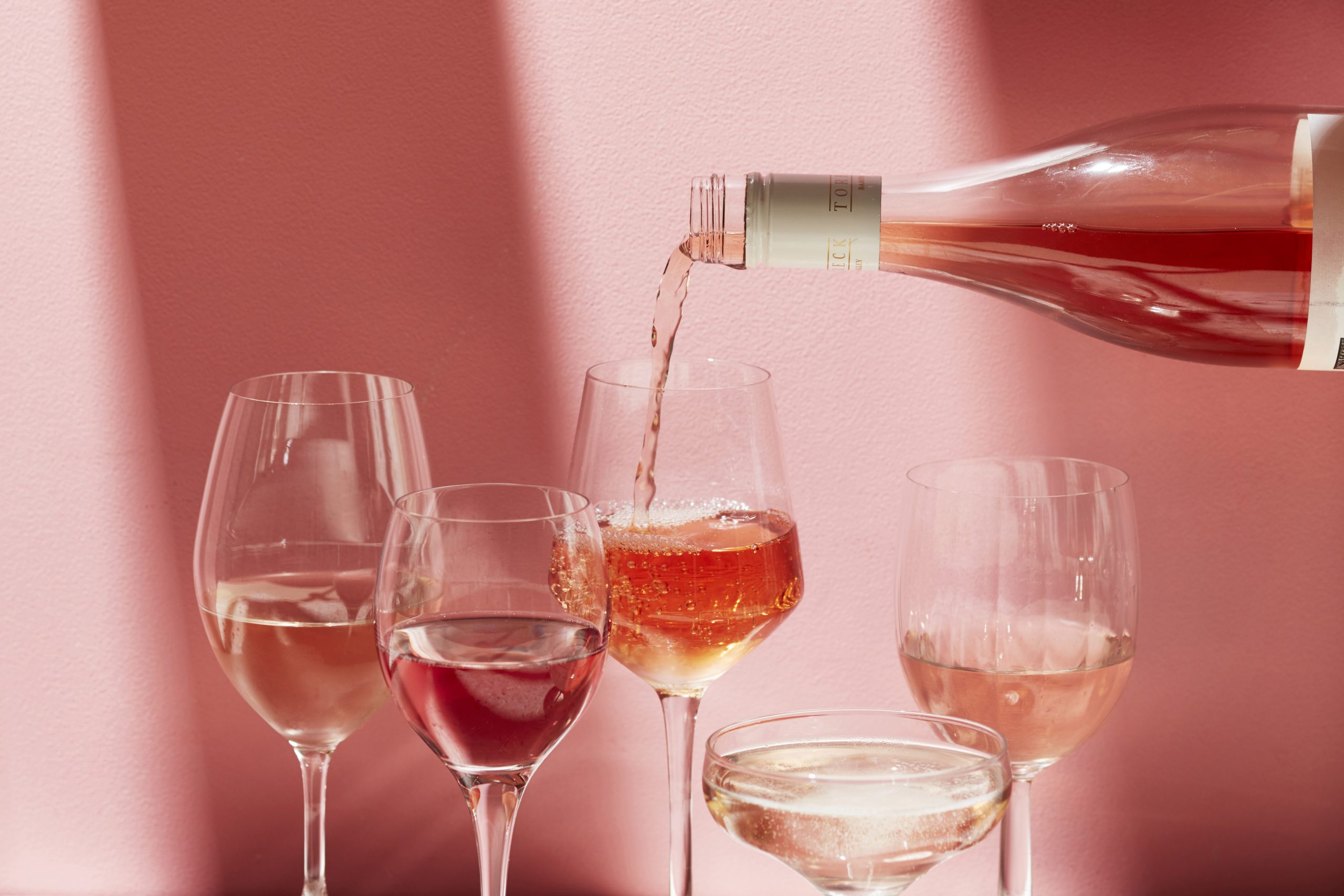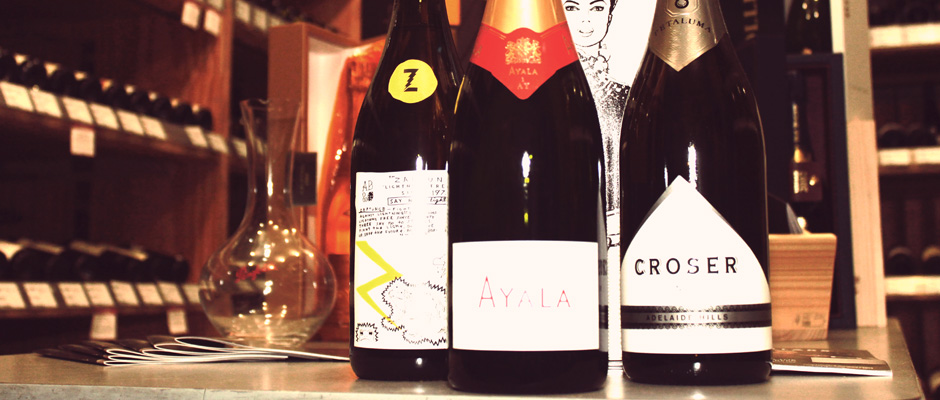

THE GRApe
- The Grape
The Story of Sparkling Rosé and How Best to Enjoy it
Read Time 3 Minutes
Posted 31 Aug 2022
By Vintage Cellars
Who made the first Pink Champagne and how is it best enjoyed? We explore the origins of Champagne Rosé and its many variations, from the Prosecco-based to Sparkling Rosé. Plus, some food pairing advice from Champagne house, Bollinger.
While it’s not as memorable a moment as meeting at the top of the Empire State Building, Cary Grant and Deborah Kerr’s romance blossoming over their shared love of Pink Champagne is one we can relate to in An Affair to Remember.
There are many shades to this style of wine, and if you haven’t explored its breadth and depth, we recommend you start today. A dalliance with Champagne Rosé or Sparkling Rosé will be one you won’t forget.


Where did Pink Champagne, aka Champagne Rosé, come from?
Champagne Rosé was thought to have originated with the French Champagne house – Veuve Clicquot. Some accounts say it was created in 1775, while others say it was it was 1818 (including Veuve Clicquot). Recently unearthed documents, however, suggest another French house Ruinart was producing and selling Champagne Rosé in 1764.
The widow Madame Barbe Nicole Clicquot (‘widow’ translates to ‘veuve’ in French) should still be credited for its mass production and popularity. She and her winemakers developed the riddling method for Champagne, a process which removed yeast sediment from the bottle. Unlike most Rosé outside of the Champagne region today, which uses the skins of red wine grapes, the original “fruity and full-bodied expression” was made by blending red wine with their Yellow Label Champagne.
Today, Veuve Clicquot continues this tradition by blending up to 48% Pinot Noir, 18% Meunier and 29% Chardonnay with 12% of specially grown red wine grapes. It is the benchmark of Champagne Rosé, with even fictional spy James Bond choosing to drink Veuve Clicquot’s Champagne Rosé in three of Ian Fleming’s original novels.
Louis Roederer
192 AUD

How to best enjoy Champagne Rosé and Sparkling Rosé
Sparkling Rosé has a wide spectrum of styles and flavours, from Prosecco and Moscato blends through Sparkling left to macerate on red grape skins, to Champagne Rosé’s Champagne blend with specific red grapes. Warmer climate Sparkling Rosé is more complex and full-bodied, while cooler climate grapes tend to be fruitier and sweeter.
Sparkling Rosé has versatile serving potential as well – it’s ideal as aperitif, for serving for an afternoon tea or to accompany main courses. Just like its colour might suggest, it’s perfect pairing is smoked salmon, as well as shrimp, crayfish or lobster. Japanese dishes, like sushi and sashimi, are also a good match for the rich and slightly tannic Sparkling Rosés. Most are best served at around 10°C, so not too cold for the cooler months.
Bollinger say dessert pairings with Rosé are “undoubtedly the most adventurous of choices”. “With a very sweet dessert, rosé champagne will become unpleasantly sour. And don’t even think about pairing it with bitter flavours, such as chocolate! Rosé champagne can, however, be an excellent accompaniment to less sweet, fruity desserts, particularly if they have a touch of acidity: for example, it would go marvellously well with a rhubarb and strawberry crumble.
- The Grape
- View More Posts The Grape
Related Products
Frerejean Freres
172 AUD
- Frerejean Freres172 AUD












